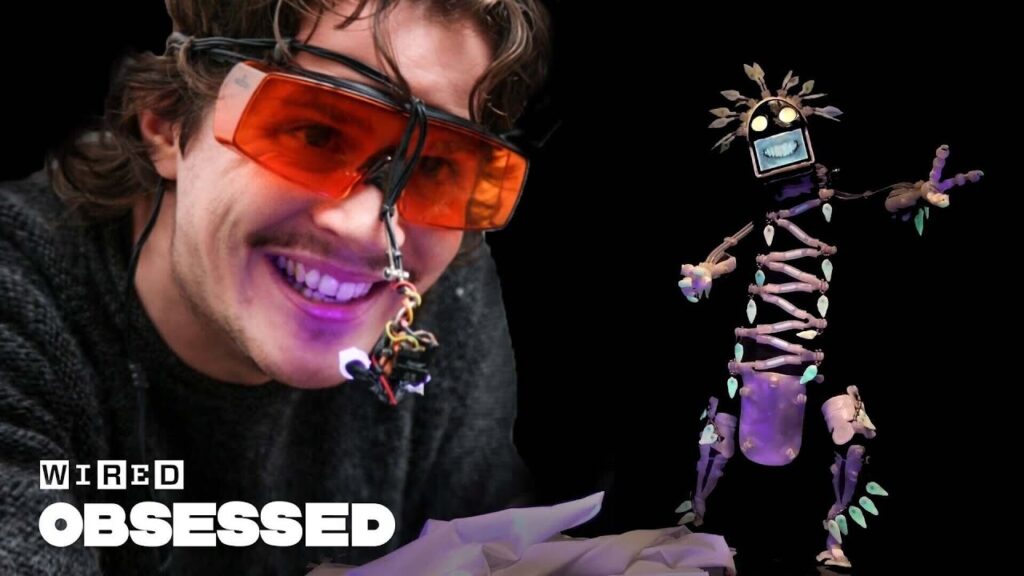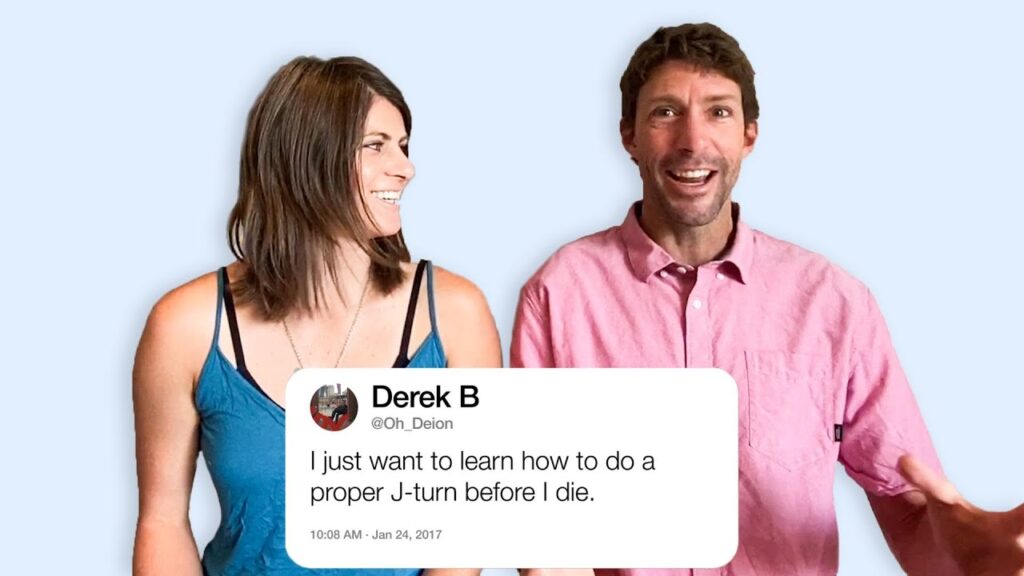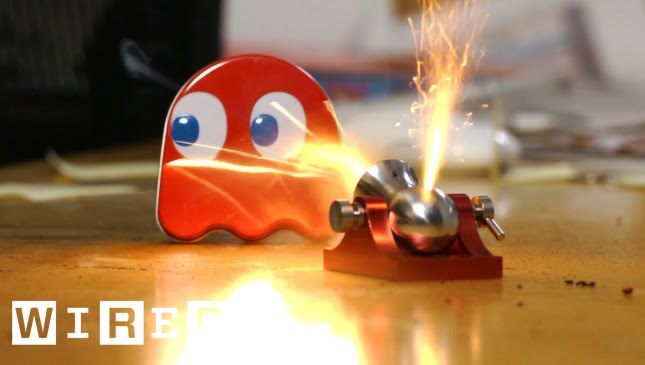Injuries in Home Alone 2: Forensic analysis of the movie
Summary
Annie Onishi, a trauma surgeon, offers a forensic analysis of the injuries sustained by the characters in the Home Alone movie series. In this article, we summarise Annie’s analysis focusing on the injuries sustained in Home Alone 2. We learn about the various injuries that can result from common accidents and how the speaker examines the injuries sustained by the characters.
Table of Contents
- Introduction
- What is the likelihood of breaking the nose bridge?
- How severe can the injuries from falling be?
- Are there health risks of being close to pigeons?
- Analysis of specific injuries in Home Alone 2
- Conclusion
Introduction
Many of us enjoyed Home Alone 2 as kids, a classic Christmas movie that featured Kevin McCallister’s resourcefulness and hijinks against two burglars, Harry and Marv. As we watched the movie, we held our breath and cheered at Kevin’s mischief, and the slapstick humour of the adult characters’ falls and injuries. However, Annie Onishi’s forensic analysis of the injuries sustained by characters in the movie, makes us question the ‘glamourisation’ of pain and injury in movies. This article summarises Annie’s analysis and explanation of the injuries sustained in Home Alone 2.
What is the likelihood of breaking the nose bridge?
Annie begins by explaining the anatomy of the nose and that the nose bridge is made up of bone, which makes it challenging to break. She points out that the likelihood of someone breaking their nose bridge, as seen in the movie, is improbable. However, she explains that hitting the face can cause a deviated septum, which can make it difficult for a person to breathe. She notes that Joe Pesci, who played Harry, appears to have sustained a deviated septum in the movie.
How severe can the injuries from falling be?
Annie explains that the LD50 for a fall from height is four stories, meaning that any fall from this height has a more than 50% chance of causing death. She points out that the fall from a building in the movie is lethal for one of the characters, especially when combined with a paint can hitting them, as seen in the movie. Harry and Marv’s falls are likely to have caused broken ribs and potential damage to internal organs, along with an axial loading injury from the iron landing on Harry’s face. Additionally, Marv undergoes a whiplash injury and potential broken ribs from Harry’s fall on top of him, and the crowbar assault causes epigastric damage, similar to a handlebar injury. Furthermore, deceleration injuries can severely harm organs when someone abruptly stops moving, which occurred when both Harry and Marv fell to the ground from the roof.
Are there health risks of being close to pigeons?
Annie notes that pigeon droppings can contain dangerous bacteria and zoonotic diseases, posing a health risk when inhaled or ingested. She cautions that being close to pigeons can cause zoonotic diseases such as histoplasmosis, which can be dangerous to humans.
Analysis of specific injuries in Home Alone 2
Annie proceeds to analyse specific injuries in Home Alone 2. She notes that stepping on a nail can lead to tetanus, and it is essential to keep your tetanus vaccine updated. She also notes that burns from the branding iron and glue Marv’s foot stuck to, can cause skin cancer later in life. Additionally, glass ornaments poses a hazard, potentially causing cuts and injury, as it did in the movie. Finally, Annie points out that Harry and Marv’s visual fields also seem restricted, potentially indicating visual defects from their prior head injuries.
Conclusion
Injuries sustained by Harry and Marv in Home Alone 2 are not mere comedic stunts. Annie’s forensic analysis establishes that it is only the elasticity of the human body that increases our chances of survival in a similiar scenario. As much as we enjoy the humour in slapstick comedies, they can normalise the pain and injury that would otherwise be frightening. Hence, it is important to take precautions in everyday life and seek medical attention for potentially serious injuries such as head trauma or urogenital trauma.







